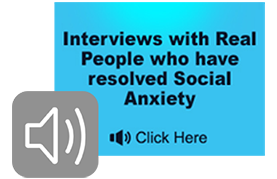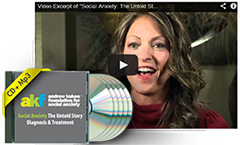Here’s an important tip for anyone considering entering treatment for social anxiety: A tremendous cliché related to treatment is the over-used reference to cognitive behavioral therapy. Cognition is thinking. Obviously this is very important. So is behavior. However; if emotions and physiology are not integrated into therapy, the process will reach the point of diminishing returns very quickly.
In addition; while there are numerous manifestations of social anxiety including fear of public speaking, selective mutism, performance anxiety, school phobia, intimacy phobia, blushing and sweating, image sickness, there are two types of people who have the problem. The two types are individuals with “initiative” and individuals without “initiative”. When the primary focus is a young child, adolescent, or young adult without initiative individual therapy will, in most cases, be non-productive without integrating the primary “enablers” into the therapy process. Remember; avoidance is a compulsion. This requires a high level of experience and skills on the part of the practitioner.
For more insight into avoidance and how to resolve the anxiety driven avoidant personality disorder, read about my co-writer’s experience and learn how she healed in “Work Makes Me Nervous”. There appears to be no other book in the world with similar content.
In addition it is imperative for the therapist to understand the personality type, within which, the social anxiety is embedded. The primary types are avoidant, dependent, obsessive, and narcissistic.




